Brushing and Flossing
It’s more important than ever to brush and floss regularly when you have braces so the teeth and gums are healthy during orthodontic treatment. Patients who do not keep their teeth clean may require more frequent visits to their dentist for a professional cleaning.
Watch the videos below on the proper care of braces during orthodontic treatment. You must have great oral hygiene in order to earn Tooth Tokens during treatment. As Dr. Don and Dr. Kim say, “Floss only the teeth you want to keep!”
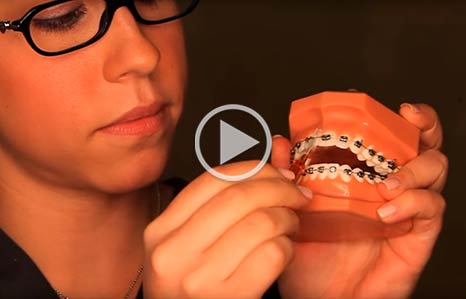
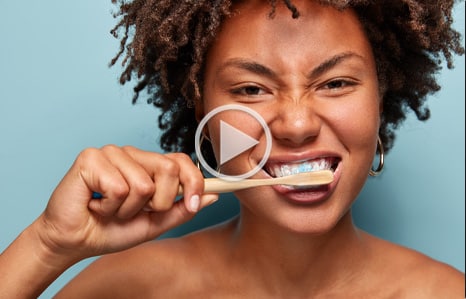
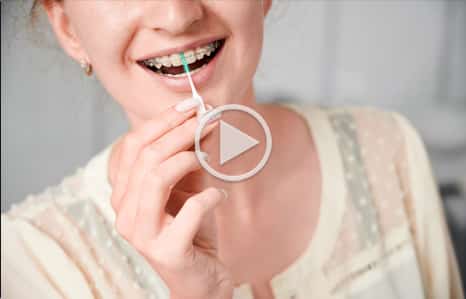
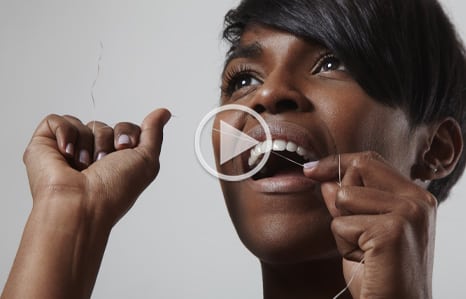
Eating with Braces
What can you eat? Let’s talk about what you shouldn’t eat! For the first day or so, stick to soft foods. Avoid tough meats, hard bread, and raw vegetables. Before long, you’ll be able to bite a cucumber again. But you’ll need to protect your orthodontic appliances when you eat for as long as you’re wearing braces.
Foods to Avoid
- Ice
- Chewy foods: bagels, hard rolls, licorice
- Crunchy foods: popcorn, ice
- Sticky foods: caramels, gum
- Hard foods: nuts, candy
- Foods you have to bite into: corn on the cob, apples, carrots
- Soda, Fruit & Athletic Drinks
Chewing on hard things (for example, pens, pencils or fingernails) can damage the braces. Damaged braces will cause treatment to take longer.
Watch the videos below for more information.
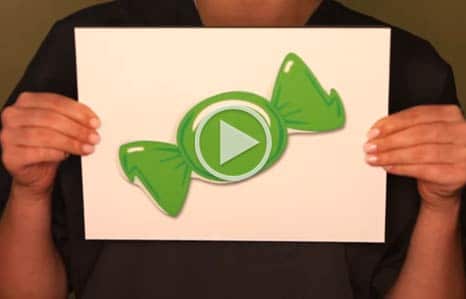
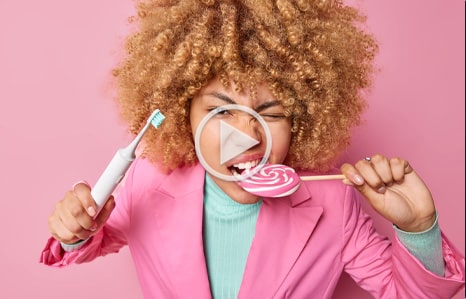
General Soreness
When you get your braces on, you may feel general soreness in your mouth and teeth may be tender to biting pressures for 3 – 5 days. Take Tylenol or whatever you normally take for headache or discomfort. The lips, cheeks and tongue may also become irritated for one to two weeks as they toughen and become accustomed to the braces. We will supply wax to put on the braces in irritated areas to lessen discomfort.
Loosening of Teeth
This is to be expected throughout treatment. Don’t worry! It’s normal. Teeth must loosen first so they can move. The teeth will firm up in their new — corrected — positions after treatment is completed.
Loose Wire or Band
Don’t be alarmed if a wire or band comes loose. This happens occasionally. If a wire sticks out and is irritating, use a blunt instrument (eraser end of a pencil) and carefully, gently push the irritating wire back into the bracket or tube. Simply get it out of the way. If irritation to the lips or mouth continues, place wax or wet cotton on the wire to reduce the annoyance. Call our office as soon as possible for an appointment to check and repair the problem.
Rubber Band Wear
To successfully complete orthodontic treatment, the patient must work together with the orthodontist. The teeth and jaws can only move toward their corrected positions if the patient consistently wears the rubber bands or other appliances as prescribed. Lack of cooperation in following instructions and damaged appliances lengthen the treatment time… so please … follow instructions.
How to Turn a Palatal Expander
Some patients will have a palatal expander during part of their treatment. After the expander is put in place, Dr. Don and Dr. Kim will give you instructions on how often to turn the screw inside the palate expander, and will also provide you with a key you will use to turn it. You will need to turn the expander yourself or have somebody else turn it for you.
The video below shows the proper technique for turning the palatal expander screw as well as common mistakes that can happen while trying to turn it.
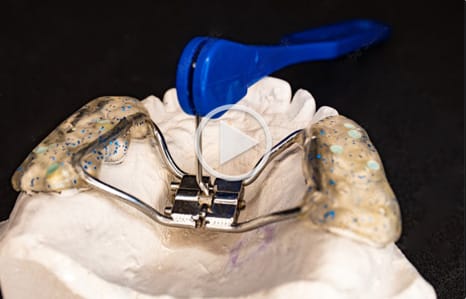
Athletics
If you play sports, it’s important to wear a protective mouthguard made for braces.
Retainer Wear After Braces
Dr. Don and Dr. Kim recommend that retainers be worn all the time for 3 months after your braces are off (except when you are eating), and then worn nightly for as long as you want to maintain your beautiful smile… which means… for the rest of your life!

